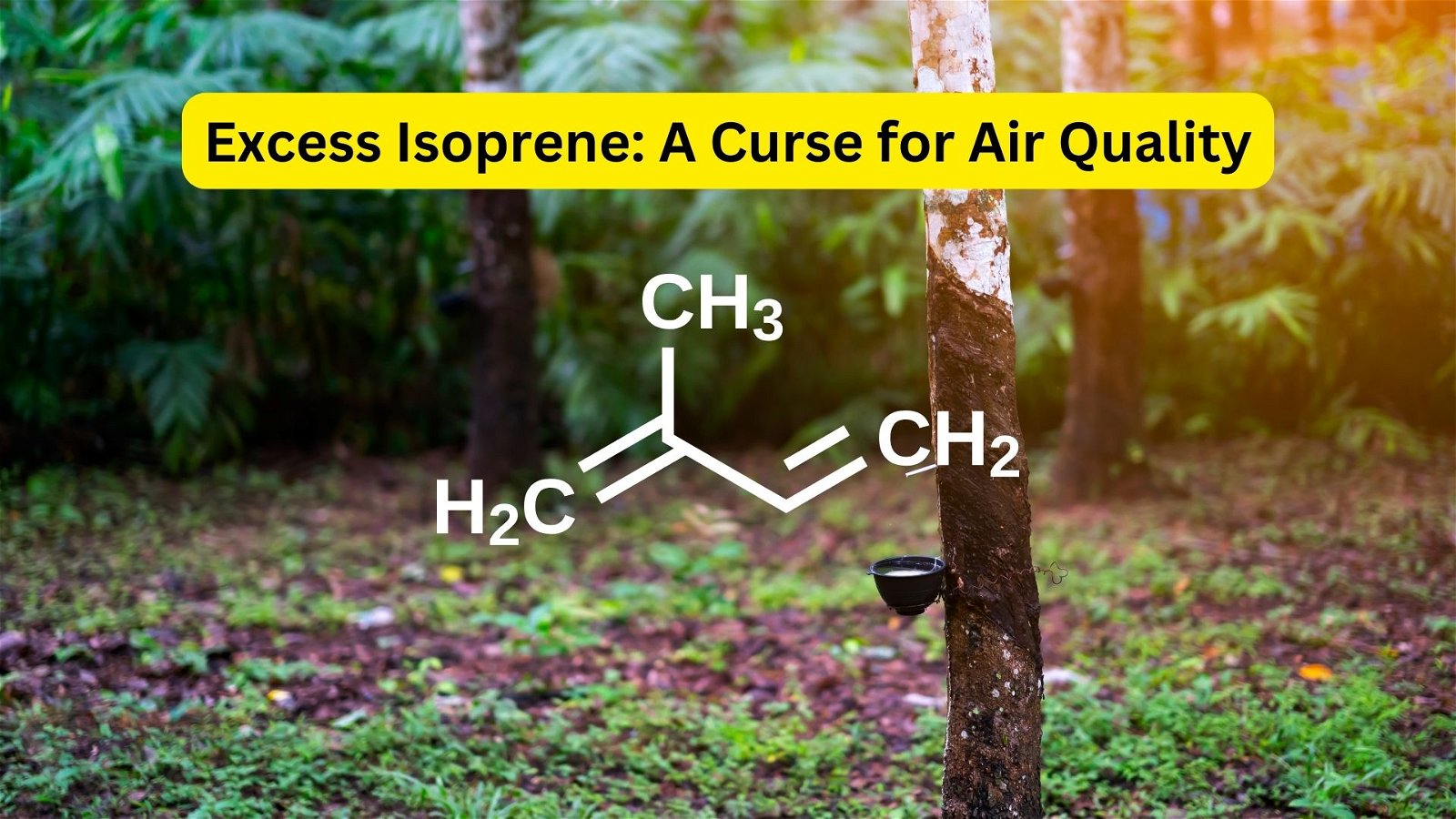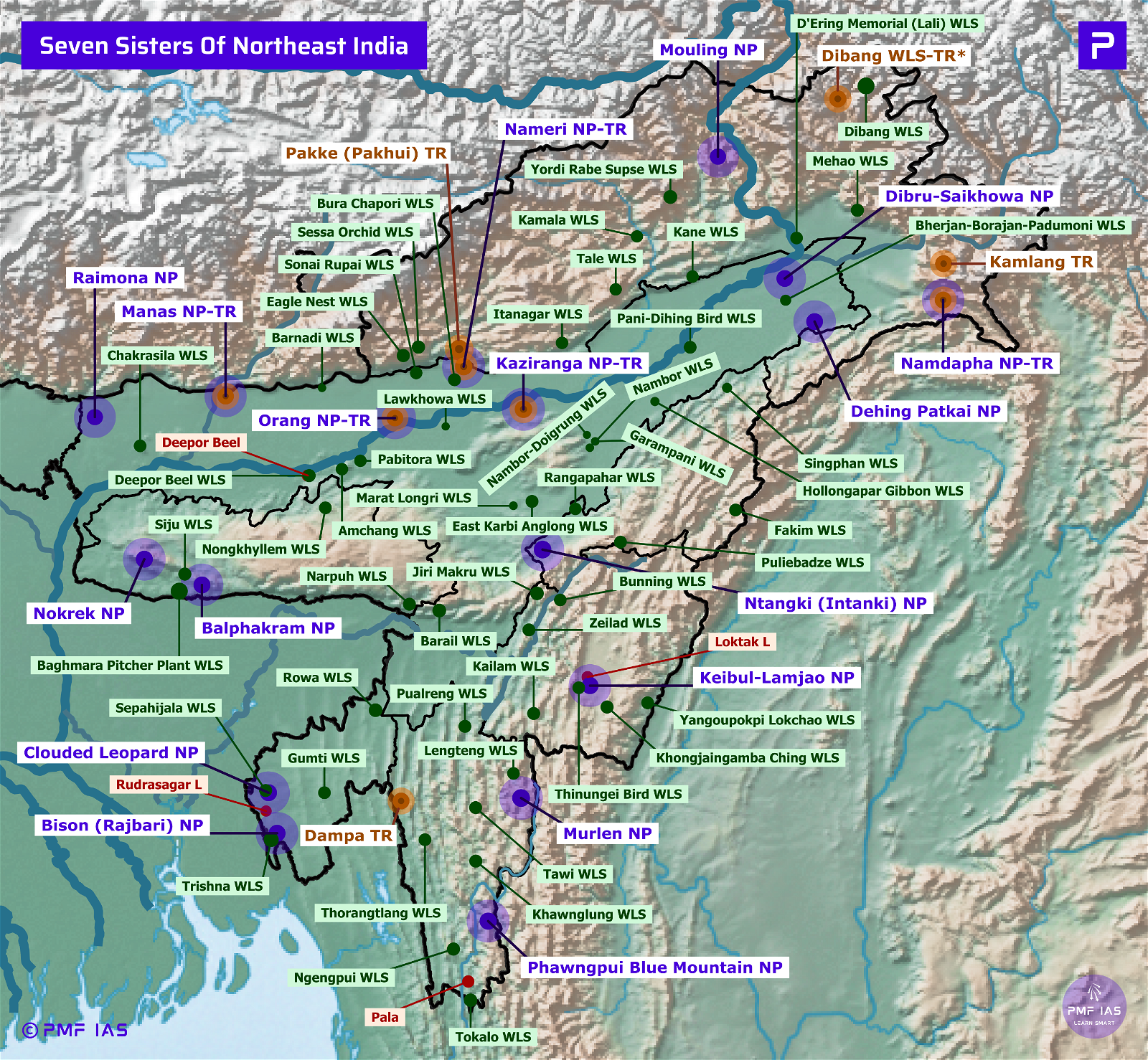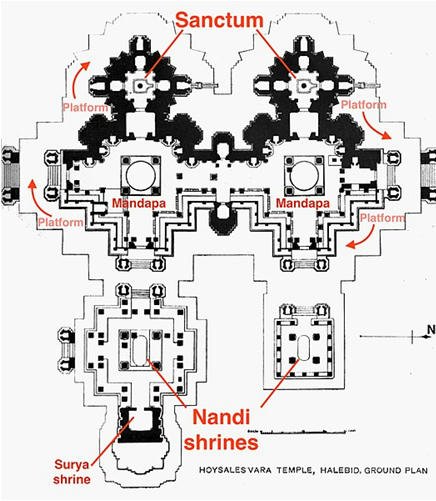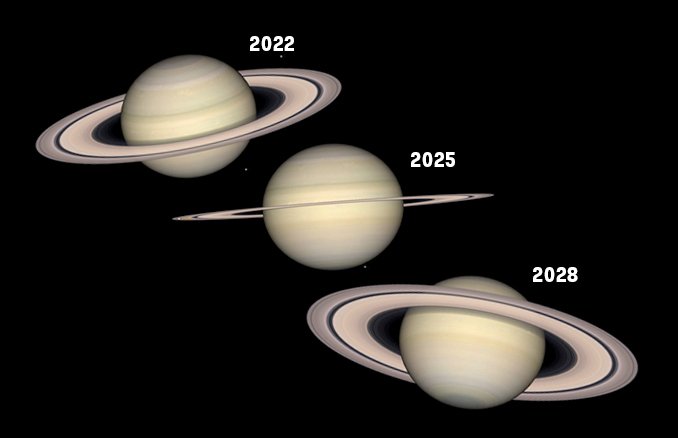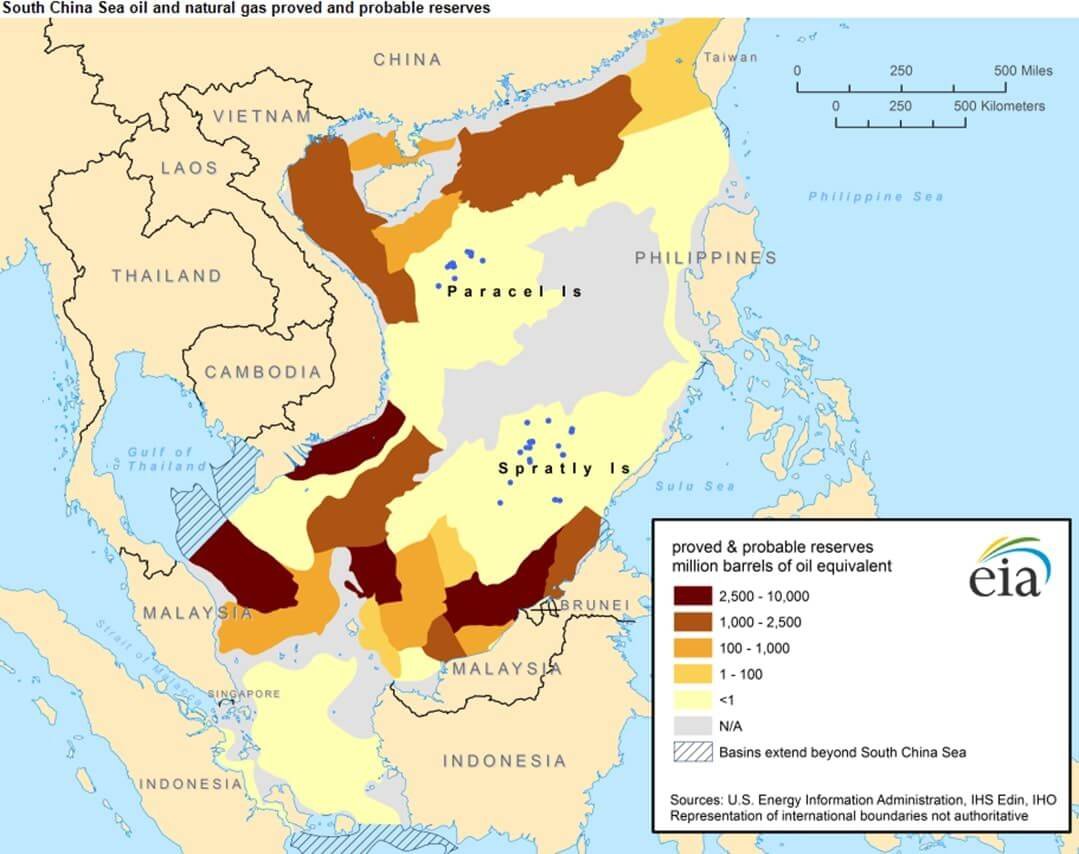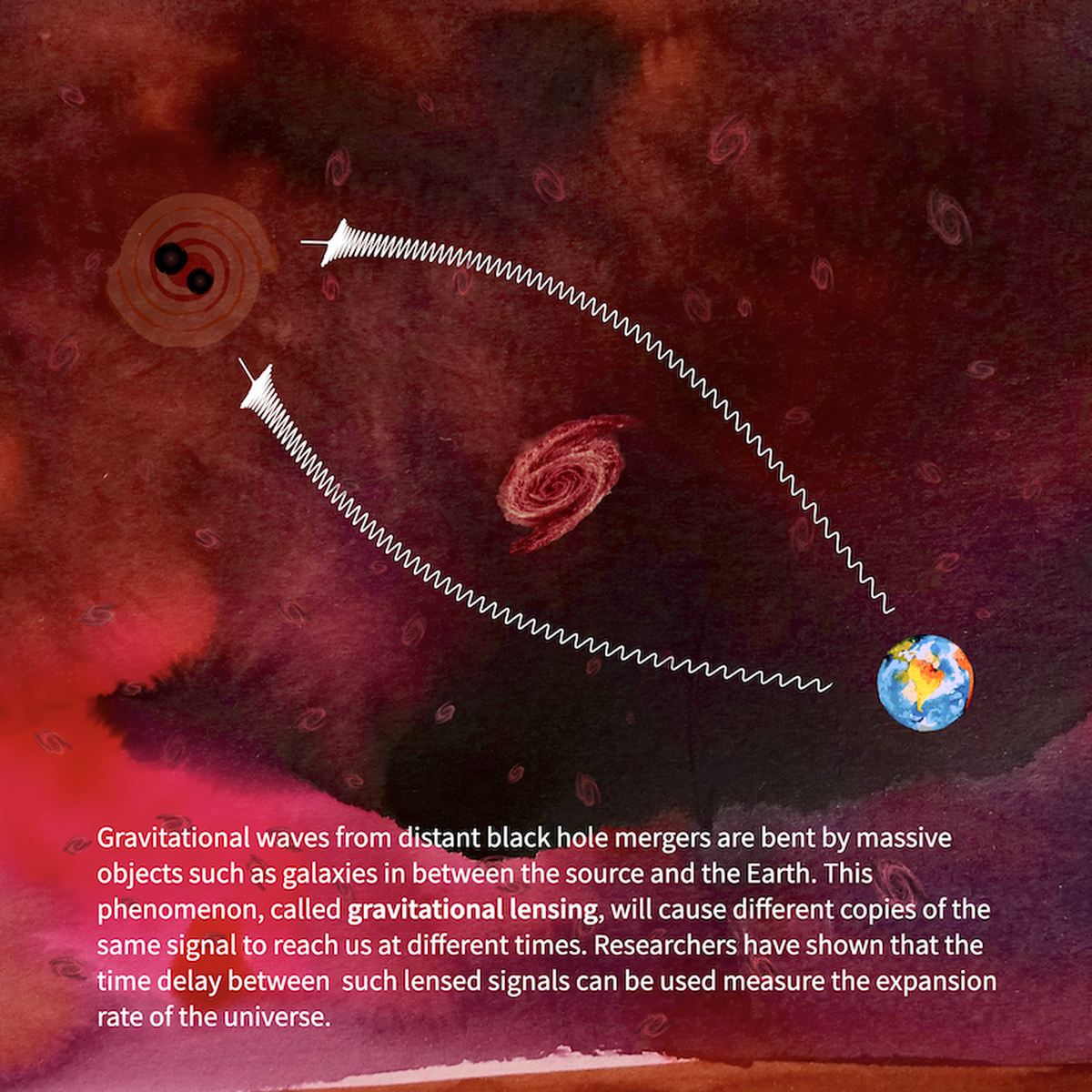
Current Affairs November 18, 2023: Depletion of Water Reserves in Southern India, Scheduled Areiativas, Tribes Advisory Council, Freedom of Speech: Freedom of Press, Reservation in Private sector, Right to Privacy: Neurorights, Inites in India Against Measles, Cryosphere Melting, Special Protection Group, G-7, Sterling Witness
Subscribers of "Current Affairs" course can Download Daily Current Affairs in PDF/DOC
Subscribe to Never Miss an Important Update! Assured Discounts on New Products!
Must Join PMF IAS Telegram Channel & PMF IAS History Telegram Channel
{GS1 – Geo – EG – Water Resources} Depletion of Water Reserves in Southern India
- Context (IE): Reservoir stocks of Southern India have already fallen below 50% in November.
- Last year, around this time, it was 87% of the total storage capacity in these states.
|
State |
Reservoir stocks (% of total storage capacity) |
| Andhra Pradesh | -51 |
| Karnataka | -38 |
| Kerala | -16 |
| Telangana | +33 |
Reasons for Water Depletion in Southern India
Inter-seasonal Rainfall Variability during the Southwest Monsoon
- In normal monsoon years, water reserves in southern India reach 91% of the total storage capacity.
- Despite the country experiencing normal rainfall in 2023 (94% of the Long Period Average), South Peninsular India received normal or above rainfall for less than 10 days during the SW monsoon.
Cyclone Hamoon
- Normally, during October, most of southern India receives rainfall from the retreating SW monsoon and the incoming NE monsoon.
- But this year, October over southern peninsular India remained the sixth driest in 123 years.
- Cyclone Hamoon‘s formation in the Bay of Bengal during the NE monsoon onset phase reduced rainfall, especially in Tamil Nadu and coastal Andhra Pradesh.
{GS2 – Polity – IC – 5th Schedule} Scheduled Areas
- Context (TH): The Odisha Govt has withheld its decision to amend the Orissa Scheduled Areas Transfer of Immovable Property (by Scheduled Tribes) Regulation, 1956, that would have allowed Scheduled Tribes (STs) to sell their land to non-tribals.
- The Fifth Schedule of the Constitution deals with the administration and control of Scheduled Areas (SA) and Scheduled Tribes (STs) in states other than Assam, Meghalaya, Tripura, and Mizoram.
- Scheduled Areas are inhabited by ‘aboriginals’ who are socially and economically backward. Article 244 (1) of the Constitution mentions ‘Scheduled Areas’.
|
Criteria for Scheduled Areas
- The Dhebar Commission (1960-61) laid down the following criteria for declaring any area as a ‘Scheduled Area’ under the Fifth Schedule:
- Presence of a large tribal population.
- Compactness and reasonable size of the area.
- Underdeveloped nature of the area.
- Marked disparity in the people’s economic standard compared to the neighbouring areas.
Declaration of Scheduled Areas
- Scheduled areas are declared by the President.
- The President, in consultation with the Governor, can
- Increase/decrease its area,
- Alter its boundary,
- Rescind such designation or
- Make fresh orders for such redesignation.
Applicability of laws to Scheduled Areas (SA)
- The executive power of the States belongs to the Scheduled Areas (SA).
- However, the Governor can direct that a particular act of Parliament/State legislature does not apply to the Scheduled areas or apply with modifications.
- The Governor can make regulations for an SA’s peace and good government after consulting with the Tribes Advisory Council. Such modified regulations require the assent of the President.
- The regulations can:
- Prohibit/restrict transfer of land by/among members of the STs,
- Regulate allotment of land to members of STs.
- Regulate the business of money lending in relation to STs.
- The Governor submits a report to the President regarding the administration of such areas.
|
Appointment of Commission
- As per Art. 339 (1), the Constitution provides for the appointment of a Commission by the President to report on the administration of the SAs and the welfare of STs in the states.
- Such a commission can be appointed at any time but compulsorily after 10 years from the commencement of the Constitution.
- The First such commission was established in 1960 and was headed by UN Dhebar.
- The Second commission was appointed in 2002 under the chairmanship of Dilip Singh Bhuria.
{GS2 – Polity – IC – FRs} Freedom of Speech: Freedom of Press
- Context (IE): On National Press Day, organized by the Press Council of India (PCI), the Vice President of India voiced for more powers to the PCI.
Press Council of India
- PCI is a statutory body established under the Press Council of India Act, 1978.
- It is a quasi-judicial body functioning as a watchdog of the press, for the press and by the press.
- Composition: It consists of a chairman and 28 other members.
- The Chairman is selected by the Speaker of the Lok Sabha, the Chairman of the Rajya Sabha and a member elected by the PCI.
- The term of the Chairman is 3 years.
Powers of PCI
- It adjudicates the complaints against and by the press for violating ethics and freedom of the press, respectively.
- It may summon witnesses and take evidence under oath, demand copies of public records to be submitted, and even issue warnings and admonish the newspaper, news agency, editor or journalist.
- The decisions of the PCI are final and cannot be appealed before a court of law.
Limitations
- It cannot penalise newspapers, news agencies, editors, and journalists for violating the guidelines.
- It only overviews the functioning of print media. It does not have the power to review the functioning of electronic media like radio, television, and internet media.
Freedom of Press
- Press freedom refers to the fundamental right of journalists and media organisations to report, investigate, and express opinions without interference or censorship.
- Article 19 (1) of the Indian Constitution guarantees the Right to freedom of speech and expression. However, there are limitations imposed on the right by Article 19(2) based on the grounds of
- Sovereignty,
- Integrity of India,
- Public order,
- Morality,
- Public safety,
- Security of the state,
- Friendly relations with foreign states,
- Contempt of court,
- Defamation and
- Incitement to commit an offence.
- In Romesh Thappar vs State of Madras and Brij Bhushan vs State of Delhi, SC held that freedom of the press is essential to freedom of speech & expression.
Media as Fourth Pillar of Democracy
- Promotes democracy: According to the World Press Freedom Index 2021 (by Economist Intelligence Unit, a UK-based private company), the 10 countries with the highest press freedom scores are also ranked as “full democracies“.
- Fosters transparency by exposing corruption, human rights abuses, and other misconduct, holding public officials accountable for their actions, and preventing abuse of power. For example, the 2G Spectrum scam (2010), coal allocation scam (2012), etc.
- Citizen engagement: For example, during the Arab Spring uprisings (a series of anti-government protests in the Arab world in the early 2010s), social media and citizen journalism played a crucial role in amplifying voices, organising protests, and demanding political change.
- Stimulates economic development as countries with higher levels of press freedom tend to have more robust economies, according to a WB study.
- Empowering marginalised voices by raising awareness about their issues and giving them a voice to express their concerns, advocate for their rights, etc. For, e.g., Community Radio stations.
Threats to Freedom of the Press
- Legal intimidation: Sedition charges (Section 124A IPC) and defamation laws (Section 499 IPC) used by the government to silence critical journalists. For, e.g., Sedition charges on Siddique Kappan while reporting Hathras (UP) gang-rape case (2020).
- Physical attacks, harassment, and threats to journalists lead to self-censorship and stifling their freedom to express opinions.
- Lack of protection for whistleblowers.
- Economic pressure: For example, the takeover of news channels by politicians/businessmen.
- Rising incidents of internet shutdowns, content blocking, and social media regulation.
- The proliferation of fake news and the rising use of social media to spread propaganda.
Way Forward
- Empower the Press Council of India and other self-regulatory bodies to effectively address complaints, promote ethical standards, and resolve disputes.
- Review and amend existing laws, such as the Official Secrets Act and defamation laws, to ensure they do not unduly restrict journalistic freedom.
- Enacting the Journalist Protection Act proposed in 2019 to provide additional legal safeguards.
- Promote media pluralism to ensure different perspectives and unbiased reporting as held by SC in Cricket Association of Bengal v. CAB News Network Pvt. Ltd. (1995).
- Promote media literacy and encourage fact-checking initiatives to dispel fake news. For e.g., the Satyamev Jayate social media literacy program of the Kerala govt.
{GS2 – Polity – IC – FRs} Reservation in Private Employment
- Context (TH): The Haryana State Employment of Local Candidates Act 2020 provided 75% reservation for locals in private sector jobs.
- The Punjab-Haryana HC held the act unconstitutional and violative of Part III of IC and said that:
- It is beyond the purview of the State:
- To legislate on this issue (reservation in jobs based on domicile)
- To restrict a private employer from recruiting from the open market.
- The state cannot discriminate against individuals because they do not belong to a certain State.
- It is beyond the purview of the State:
Argument Against the Law
- The petitioner challenged the law, saying that:
- Reservation in private employment is an intrusion by the state govt into the fundamental rights of private employers to carry on their business as provided under Article 19 of IC.
- The state did not have legislative competence under Article 35 to enact this law.
Local Job Laws and Constitutional Provisions
- Under Article 19 (1) (g) of IC, all citizens have the right to practise any profession or to carry on any occupation, trade, or business. 75% of job reservation for locals encroaches upon this right.
- Under Article 16 (3) of IC, Parliament can make laws specifying the residence requirement within a state or UT for certain classes of public employment.
- This article is related to public employment and not private employment.
- Under Article 35 of IC, the Parliament has the power to make laws with respect to the matter given under Article 16 (3), while the State Legislature does not have this power.
- In the Indra Sawhney case (1992), the SC capped reservations in public services at 50%. It, however, said that extraordinary situations may need a relaxation of this rule. The 75% reservation for locals is not a particular case of exceptional circumstances.
{GS2 – Polity – IC – FRs} Right to Privacy: Neurorights
- Context (IE): Advocates for neurorights want to implement regulations before neurotechnology develops to a very advanced stage.
- Neurorights are human rights specifically aimed at protecting the brain.
- Chile is the first country in the world to enshrine neurorights in its constitution.
Neurorights in India
Protection by Constitution
- The Supreme Court’s (SC) verdict in specific cases shows that the right to privacy in one’s thoughts is protected under the Indian Constitution.
Justice K.S. Puttaswamy vs. UoI (2017)
- Justice Puttaswamy challenged the constitutional validity of the Aadhaar scheme and argued that the scheme violated the right to privacy.
- In its verdict, the SC said that the right to privacy is a part of the right to life and personal liberty under Article 21 of the Constitution.
Selvi vs. State of Karnataka (2010)
- The SC, in this case, considered the constitutionality of various evidence-gathering techniques, including narcoanalysis, brain mapping, and polygraph tests.
- The SC held that employing neuroscientific investigative methods amounted to testimonial compulsion, which violates an accused person’s:
- Right against self-incrimination under Article 20(3) of the Constitution.
- Right to life and personal liberty under Article 21 of the Constitution.
Digital Personal Data Protection Act of 2023
- The Act aims to safeguard individuals’ privacy and establish a comprehensive legal framework for processing digital personal data.
- It can also play an important role in helping manage neurotechnology concerns.
{GS2 – Social Sector – Health – Issues} Increase in Measles Deaths
- Context (DTE): Around 37 countries saw measles outbreaks in 2022 including India.
Measles
- Measles is a highly contagious infectious disease caused by the measles virus.
- Transmission: Airborne disease.
- Target population: Moslty children under 5 years of age, but it can affect people of all ages.
- Symptoms: It infects the respiratory tract; common symptoms are fever, cough, & inflamed eyes.
- Complications: Sever diarrhoea, encephalitis, pneumonia, blindness.
- Treatment: There is no specific treatment.
- Prevention: It can be effectively prevented by vaccination.
Reason for Measles Outbreak and Deaths
- Falling vaccination rate is the reason behind measles outbreak and deaths.
- In 2022, 83% of global children got the first vaccine dose, while 74% received the second dose.
- These figures are far below the recommended 95% coverage for two vaccine doses needed to prevent outbreaks.
Reason for Falling Vaccination Rate
- COVID-19 pandemic is the reason behind the falling vaccination rate.
- The pandemic badly disrupted the routine immunisation programmes which covers vaccinations against deadly diseases like measles.
Initiatives in India Against Measles
Universal Immunisation Programme (UIP)
- UIP is one of the largest public health programmes targeting newborns and pregnant women.
- Under UIP, immunisation is free of cost against 12 vaccine-preventable diseases.
- Nationally against 9 diseases: Diphtheria, Pertussis, Tetanus, Polio, Measles, Rubella, Childhood Tuberculosis, Hepatitis B and Meningitis and Pneumonia caused by Hemophilus Influenza type B
- Sub-nationally against 3 diseases: Rotavirus diarrhoea, Pneumococcal Pneumonia and Japanese Encephalitis
Mission Indradhanush (MI)
- MI was launched by the Ministry of Health and Family Welfare (MoHFW) in 2014.
- It is a special catch-up campaign under the Universal Immunisation Programme (UIP).
- Objective: To vaccinate all children and pregnant women left out from Routine Immunisation.
National Strategic Plan for Measles and Rubella Elimination
- During 2017-2021, India adopted this strategic plan and introduced rubella-containing vaccine (RCV) into the routine immunisation programme.
Measles-Rubella Supplementary Immunisation Activity (SIA)
- India also launched a nationwide measles-rubella SIA, a catch-up campaign.
|
{GS3 – Envi – Conservation} Cryosphere Melting
- Context (DTE): The World needs to limit global warming to 1.5°C to protect the cryosphere; 2°C above the preindustrial era is too high, according to the State of the Cryosphere 2023 report.
|
Cryosphere
- The cryosphere contains the frozen parts of the planet.
- It includes snow and ice on land, ice caps, glaciers, permafrost, and sea ice.
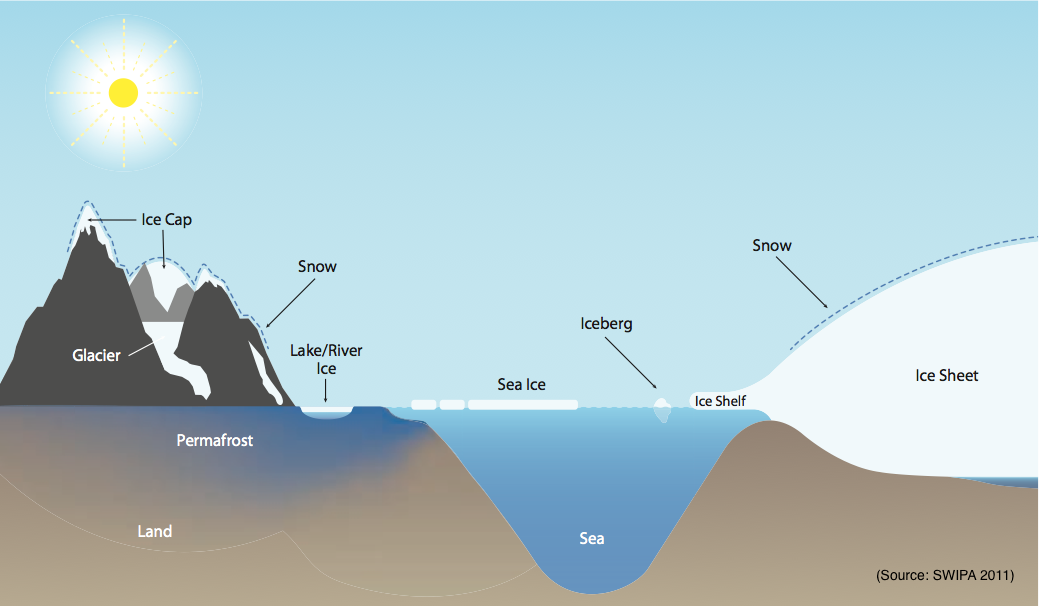
Importance of Cryosphere
- Regulate Earth’s temperature: It helps maintain Earth’s climate by reflecting incoming solar radiation back into space (high albedo).
- Vital source of freshwater: It holds approximately 75% of the world’s freshwater.
- Influence ocean circulation: Its melting releases freshwater into the oceans, affecting ocean salinity and density.
- Support diverse ecosystems: It provides essential habitats for various plants and animals, including polar bears, seals, penguins, and various algae and microorganisms.
- Carbon sink: Permafrost stores vast amounts of carbon dioxide and methane.
|
Concerns with Cryosphere Melting
- Rising sea level: This directly threatens low-lying coastal areas and increases the risk of flooding, erosion, and saltwater intrusion into freshwater resources.
- Exacerbation of climate change: Melting ice and snow expose darker surfaces that absorb more solar radiation, causing further warming and melting.
- Release of greenhouse gases: The thawing of permafrost releases greenhouse gases into the atmosphere, further exacerbating climate change.
- Glacial Lake Outburst Flood (GLOF): It is a catastrophic flood caused by the failure of a dam containing a glacial lake.
- Disruption of ocean circulation
- Loss of biodiversity
{GS3 – IS – Security Forces} Special Protection Group (SPG)
- Context (PIB): Recently, Alok Mishra has been appointed as the Director of the Special Protection Group (SPG).
- The SPG is a special operations force raised after the assassination of Indira Gandhi in 1984.
- It was formed in 1988 through the Special Protection Group Act 1988.
- Objective: To provide proximate security cover to the Prime Minister, former Prime Ministers and their immediate family members.
- Composition: The SPG comprises personnel from the CRPF, Border Security Force and other Central and State forces.
- Governing body: Cabinet Secretariat of India.
- Specialist jurisdiction: Protection of international/domestic VIPs, protection of significant state assets.
|
SPG (Amendment) Act, 2019
- Protection shall be provided to the PM and members of his immediate family residing with him at his official residence.
- For former PMs and their immediate family members residing with them at the residence allotted to them, protection shall be provided for a period of 5 years from the date on which he/she ceases to hold the office of Prime Minister
- When the security is withdrawn from a former PM, such security will also stand withdrawn from members of his immediate family.
{GS3 – S&T – NeuroTech} Neurotechnology
- Context (IE): Neurotechnology encompasses all technologies developed to understand the brain, visualise its processes and even control, repair or improve its functions.
Benefits of Neurotechnology
- Improved treatment of neurological disorders: For e.g., Deep Brain Stimulation (DBS) showed effectiveness in treating Parkinson’s disease, epilepsy, and obsessive-compulsive disorder.
- Enhanced cognitive function and learning: For e.g., neurofeedback has been shown to improve attention, focus, and memory.
- Enhanced rehabilitation: For e.g., neuroprosthetics can restore lost functions of limbs.
- Improved diagnosis
Concerns with Neurotechnology
- Privacy issues concerns: Data collected through neurotechnology can be used to track people’s movements, thoughts, and emotions.
- Safety concerns: For e.g., it can be used to implant viruses or malware into people’s brains.
- Regulatory concerns: There is currently no comprehensive regulatory framework for it.
- Long-term effects concerns: Such as addiction, brain damage, or psychological problems.
- Social impact concerns: It can change how we work, learn, and communicate.
{Prelims – In News} Documenta
- Context (IE): Indian cultural theorist and curator Ranjit Hoskote resigned from the Finding Committee of Documenta — one of the world’s most prestigious contemporary art exhibitions.
- It takes place every five years in Kassel, Germany.
Why Ranjit Hoskote Resigned
- Hoskote resigned after the German daily accused him of anti-Semitism and sympathizing with the Boycott, Divestment, Sanctions (BDS) movement.
- Anti-Semitism is prejudice, hatred or hostility directed against Jews.
- BDS movement works to end international support for Israel’s oppression of Palestinians and pressure Israel to comply with international law.
{Prelims – IR – Groupings} G7 – Partnership for Global Infrastructure and Investment
- Context (PIB): The Union Minister for Commerce and Industry participated in the Investor Forum of Partnership for Global Infrastructure and Investment (PGII).
- It is an initiative of the G7 countries launched at the G7 summit in 2022.
- It is a collaborative effort to finance infrastructure projects in developing countries through public and private investments.
- It aims to counter China’s Belt and Road Initiative.
- It aims to mobilise approximately $600 billion from G7 member countries by 2027.
{Prelims – Polity – IC – Judiciary} Sterling Witness
- Context (LiveLaw): The SC recently discussed the concept of a sterling witness.
- A sterling witness is a witness whose testimony is of such high quality that the court can accept it without any corroboration.
- Sterling witnesses play an important role in convicting criminals and ensuring justice.
Characteristics of a sterling witness
- Truthfulness: The witness’s testimony must be truthful and consistent.
- Reliability: The witness must be reliable and trustworthy.
- Unassailability: The witness’s testimony must be unassailable, which cannot be reasonably doubted.
Examples of sterling witnesses
- Victims of crime who have a clear and unbiased recollection of the events.
- Independent eyewitnesses who have no motive to lie or fabricate evidence.
- Experts in a particular field who can provide the court with objective and reliable testimony.





![PMF IAS Environment for UPSC 2022-23 [paperback] PMF IAS [Nov 30, 2021]…](https://pmfias.b-cdn.net/wp-content/uploads/2024/04/pmfiasenvironmentforupsc2022-23paperbackpmfiasnov302021.jpg)
